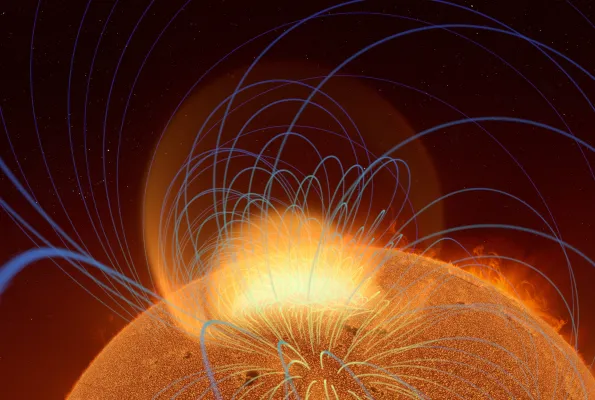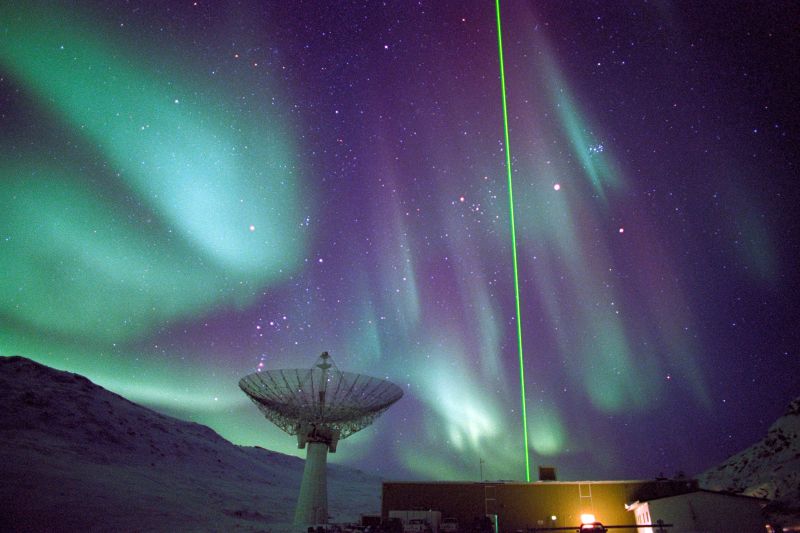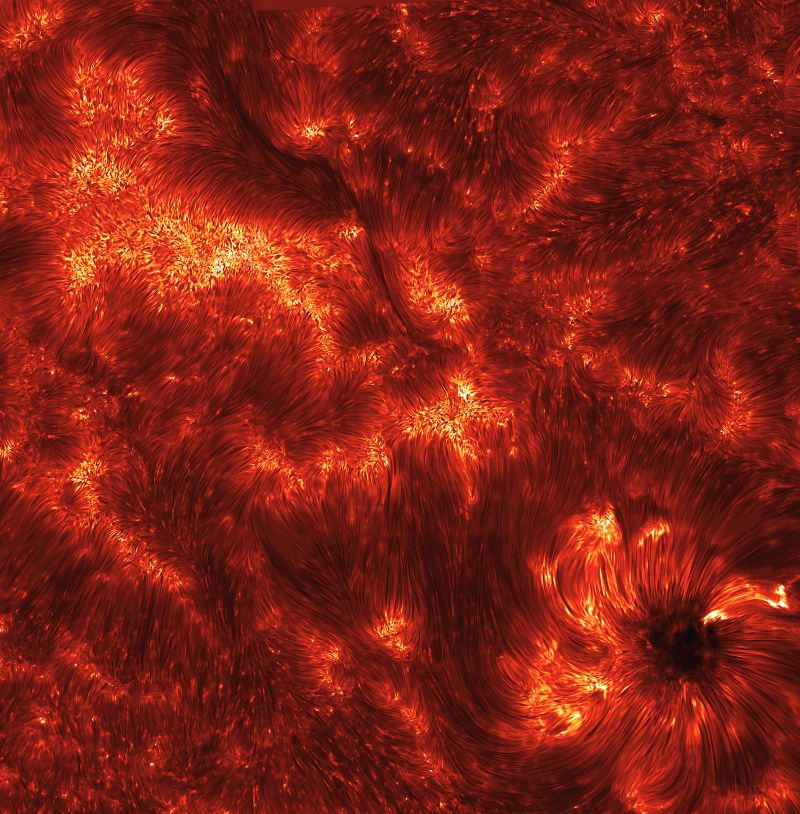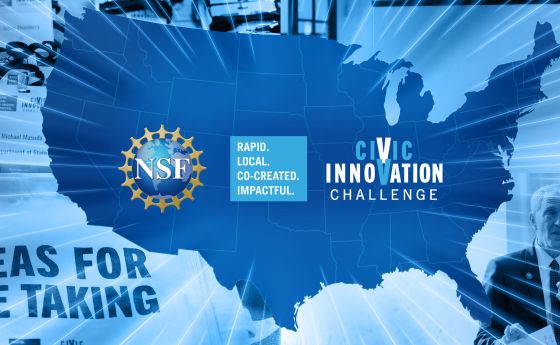
Bringing scientists together to protect the Earth from space weather
One-hundred-sixty-one years ago this month, in early September 1859, a powerful magnetic storm generated by the sun collided with the Earth. The interaction triggered a worldwide event. Auroras, more commonly referred to as the northern and southern lights, became visible near the equator. Closer to the poles, people were awakened by near-daylight in the middle of the night. But along with the spectacular light show, the storm also left a serious mark -- disrupting telegraph systems across the world.
The geomagnetic storm became known as the Carrington Event, named after the astronomer who observed sunspot and solar flare activity on the sun’s surface in the days before the storm. He correctly linked the increased solar activity to the ensuing coronal mass ejection that hit the Earth’s magnetic sphere, which surrounds and protects the Earth from cosmic radiation.
The sun’s magnetic field goes through a solar cycle every 11 years, as the north and south poles flip positions. During this cycle, there are periods of defined increases in surface activity such as sun spots, solar flares, a burst of radiation created by the release of magnetic energy from sunspots, and solar wind, a stream of charged particles that escapes the sun’s gravity. The most energetic solar phenomena are coronal mass ejections, a collection of solar gas and magnetic energy that can travel through the solar system at speeds of several million kilometers per hour.
Smaller solar events and near misses have been observed throughout the last 50 years that have interrupted radio communications, damaged electric power grids, and affected climate. They have also disrupted satellite operations in orbit and posed a hazard to astronauts in space. But no solar storm that rivals the Carrington Event has reached the Earth since. It remains the largest well-recorded solar storm of the past 500 years.
But if another solar storm of that magnitude hit the Earth today, the impact would be much worse than in 1859. This is not because of the size or nature of the storm, but because of the technological advances that have taken place and increasing reliance on them. There is simply more physical infrastructure that would suffer damage, and widespread electrical and communication service disruptions would trigger a series of cascading system failures that would severely affect everyday lives.
The potential impacts of this are becoming better understood. Studies have placed the potential global financial cost of a modern-day Carrington Event in the trillions of dollars, and there is growing urgency from governments and private companies around the globe that support improving our solar monitoring and space weather forecasting capabilities.
While coronal mass ejections can travel thousands of kilometers-per-second, they typically take several days to reach the Earth. Ideally, we would have a constellation of satellites at several points between the sun and Earth's orbit working with a network of ground-based sensors to constantly monitor solar activity. This would give additional time to prepare infrastructure -- in space and on the ground -- for a coming bombardment of solar particles and magnetic fields. However, with existing capabilities, it's not likely there would be enough time to adequately prepare for a coming storm, once identified. Not only is the correct infrastructure not in place, but there needs to be a better fundamental understanding of the solar and geospace sciences in order to create more accurate models to predict an incoming disaster.
The U.S. National Science Foundation, under the Division of Atmospheric and Geospace Sciences, supports scientists who track development of solar events and have a better understanding of how they interact with the Earth’s magnetic field. NSF is partnering with NASA to look at new approaches to expand the understanding of space weather and its impact on the Earth, and to improve the ability to forecast future events.
The Space Weather with Quantified Uncertainties program is bringing together teams of experts in the physical sciences, geospace sciences, applied mathematics and computing. By combining the efforts of scientists who study solar and geomagnetic activity -- solar wind, coronal mass ejections, magnetic storms and upper atmosphere disturbances -- with experts in statistics, applied mathematics, scientific modeling and computing, the teams will drive the development of advanced models of solar activity and the Earth’s upper atmosphere and how they interact. By creating data-driven models, scientists are seeking to fill gaps in the current knowledge base; better understand how space weather affects means of communications and physical infrastructure; and produce more accurate forecasting of major space weather events.
More accurate forecasting of events on the sun and in near-Earth space is critical for national security and society’s well-being. By bringing together multiple universities, national labs and private companies, NSF is laying the groundwork for faster and more robust space weather forecasting capabilities that could be key in preventing the widespread damage that could be created by another Carrington Event.






